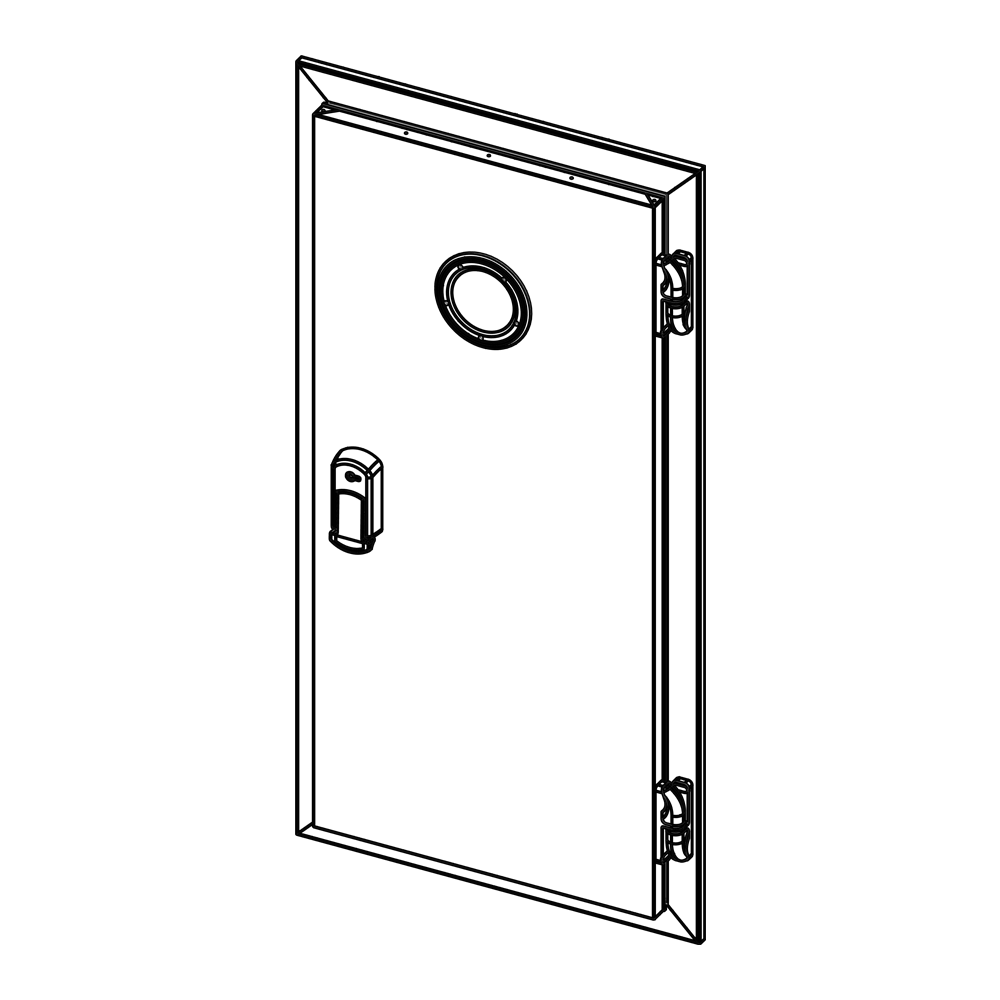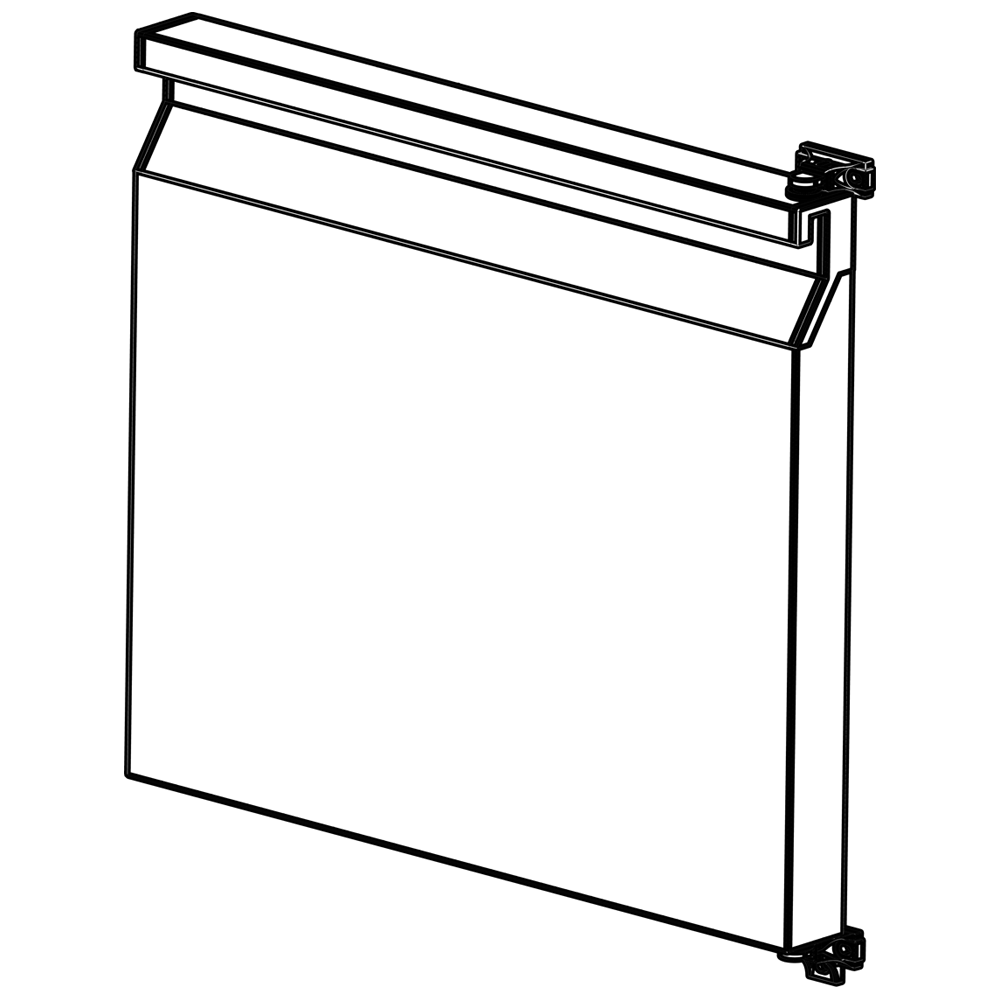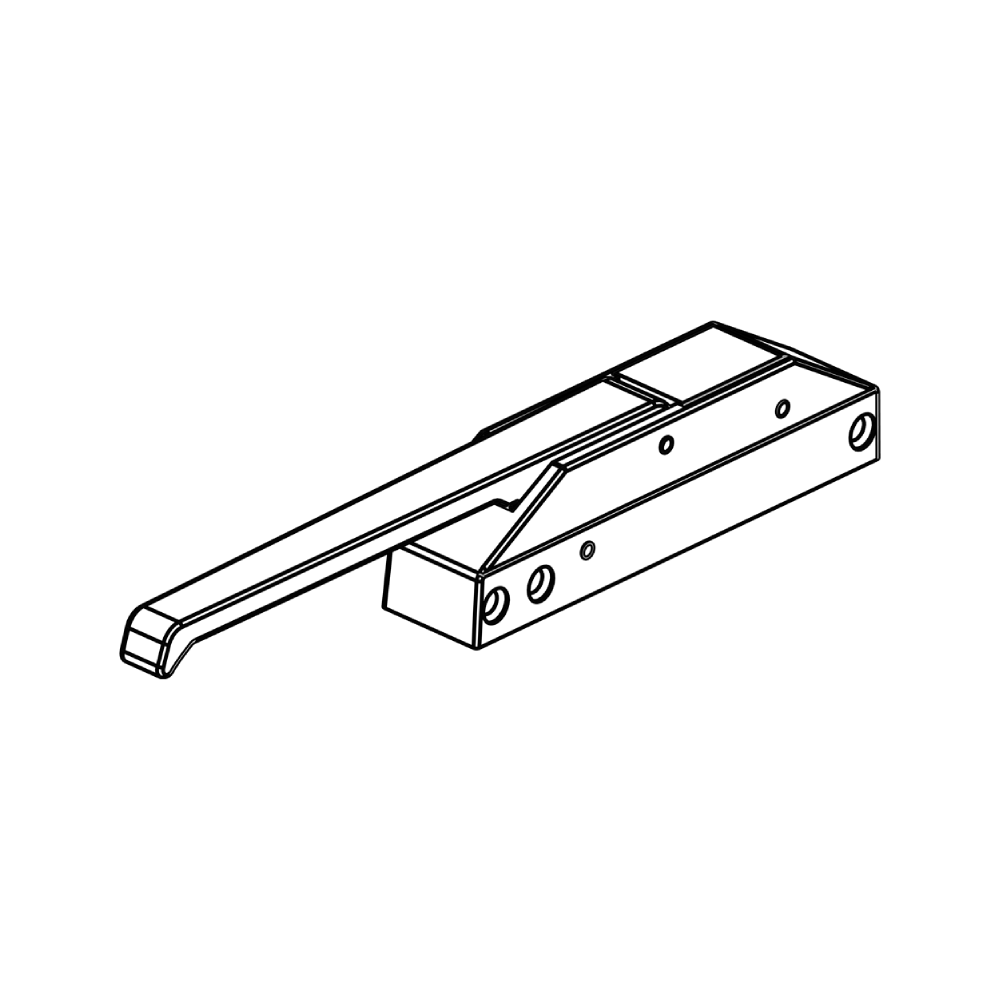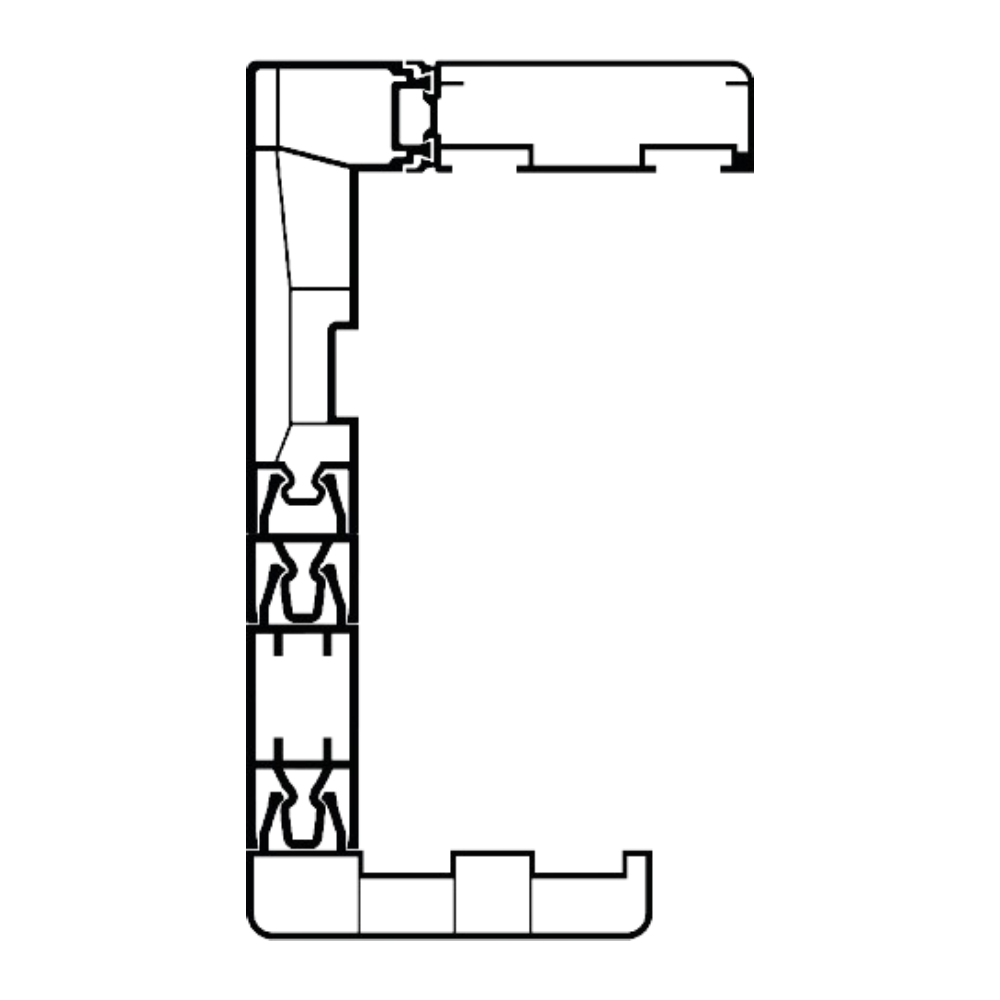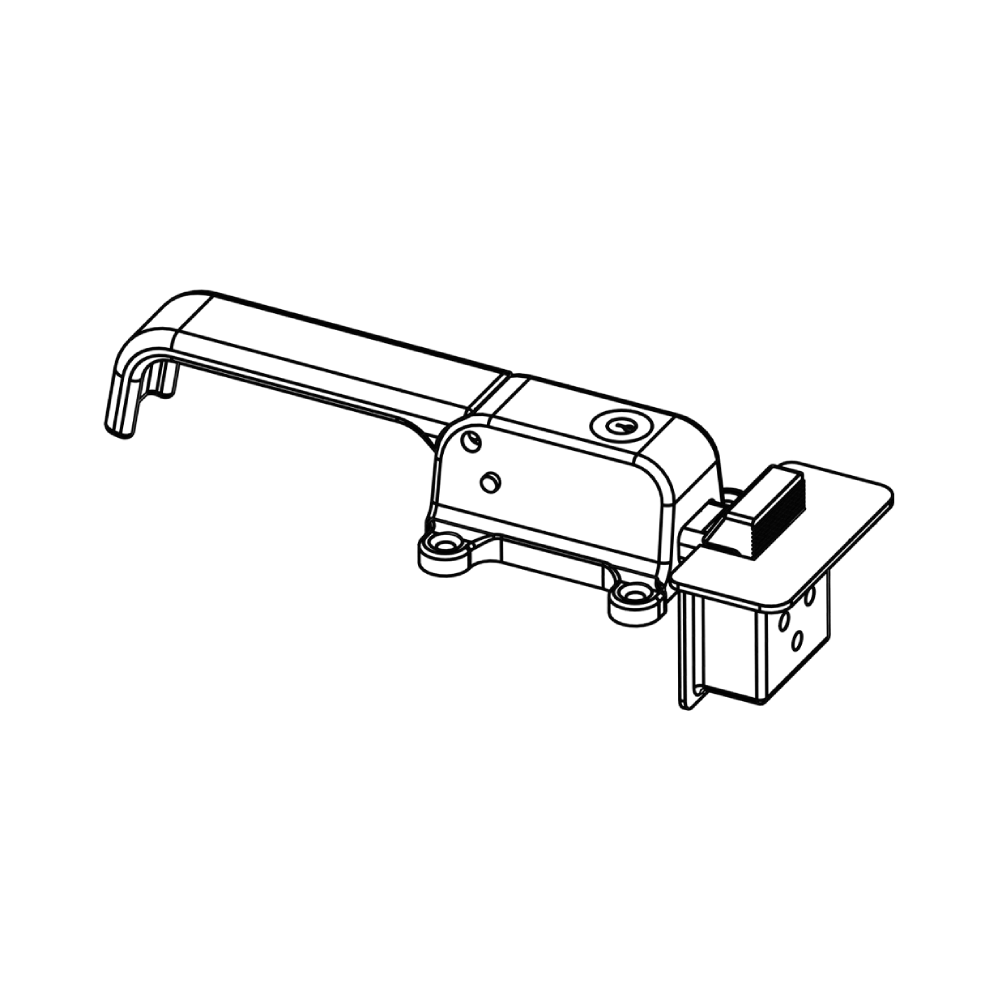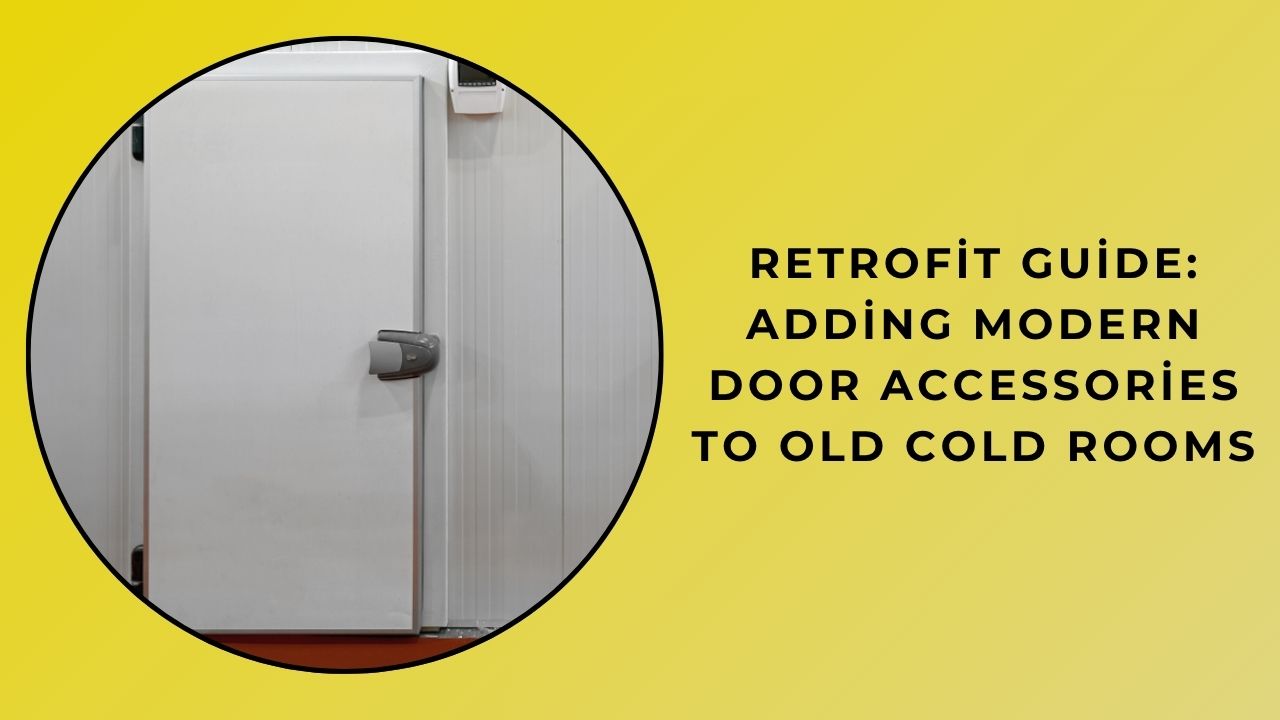Retrofit Guide: Adding Modern Door Accessories to Old Cold Rooms
Table of Contents
- How to Retrofit a Cold Room Door: A Step-by-Step Guide to Modern Hardware
- Upgrading Cold Room Doors: A Comparison of Traditional vs. Modern Accessories
- Essential Modern Door Accessories for Retrofitting an Old Cold Room
- What Are the Key Considerations When Retrofitting a Cold Room Door?
- Cold Room Door Retrofit Guide: Enhancing Security and Efficiency with New Hardware
- Is Retrofitting Your Cold Room Door Worth the Investment? A Cost-Benefit Analysis
How to Retrofit a Cold Room Door: A Step-by-Step Guide to Modern Hardware
The decision to retrofit an existing cold room door is a strategic investment in operational efficiency and energy conservation, often more cost-effective than a full door replacement. A successful retrofit hinges on a meticulous technical assessment of the current door leaf, frame, and sealing system to ensure compatibility with modern hardware components.
Central to any upgrade is the replacement of outdated mechanical hardware with a modern energy-efficient door system. This process typically involves installing new heavy-duty hinges, a robust latch mechanism, and high-performance gasket seals designed to withstand extreme temperature fluctuations. The primary objective is to eliminate air infiltration, a major source of thermal bridging and energy loss that directly impacts refrigeration load and utility costs.
For facilities requiring frequent access, integrating an automatic door operator from a provider like İmamoglu can yield significant benefits. These systems minimize door-open time, further reducing energy waste and enhancing temperature integrity within the controlled environment. The installation must prioritize a perfect airtight seal around the entire door perimeter, which is critical for maintaining consistent product quality and complying with food safety or pharmaceutical storage regulations.
The commercial advantages extend beyond energy savings. A properly retrofitted door reduces strain on compressors, leading to lower maintenance costs and extended equipment lifespan. Furthermore, improving thermal performance contributes directly to sustainability goals by lowering the facility's overall carbon footprint. The upgrade also enhances workplace safety through smoother operation and reliable latching.
Selecting the correct components is paramount; hardware must be rated for the specific temperature range and usage frequency of the application. A systematic approach to retrofit implementation, following a detailed step-by-step guide, ensures that the upgraded door system delivers optimal operational reliability and a rapid return on investment.
Upgrading Cold Room Doors: A Comparison of Traditional vs. Modern Accessories
The decision to upgrade cold room doors represents a critical junction in optimizing facility performance, balancing initial capital expenditure against long-term operational gains. A thorough comparison between traditional and modern accessories reveals significant disparities in thermal efficiency, a primary metric for energy consumption. Older door systems often suffer from degraded seals and minimal insulation, leading to substantial cold loss and forcing refrigeration compressors to work excessively.
Modern accessories, such as advanced high-speed doors and automatic closing mechanisms, directly address this inefficiency. The core benefit lies in minimizing the door's open time, drastically reducing the exchange of warm, humid ambient air with the controlled internal environment. This not only conserves energy but also mitigates condensation and ice formation on evaporator coils, maintaining consistent temperature control.
Beyond energy savings, the shift to modern solutions enhances operational integrity. Traditional doors with manual operation are prone to human error, being left ajar and compromising the cold chain. Automated systems from İmamoglu integrate sophisticated safety features, including motion sensors and reversing edges, which protect both the product integrity and personnel safety in high-traffic logistics areas.
The construction materials themselves have evolved. Where traditional doors may use basic PVC strips or single-panel insulated cores, modern iterations employ robust polyurethane panels with high R-values and durable, cold-resistant seals. This material science advancement directly translates to a lower total cost of ownership through reduced maintenance needs and extended service life, even in demanding 24/7 operational settings.
For product managers and engineers, the evaluation must extend to hygienic design, particularly in food and pharmaceutical applications. Modern door accessories offer seamless, easy-to-clean surfaces and designs that prevent dirt traps, a significant improvement over the complex joints and seams of older models. This focus on cleanability is integral to meeting stringent industry standards.
Ultimately, upgrading to modern cold room door accessories is an investment in system-wide reliability. The integration of intelligent controls allows for predictive maintenance monitoring, alerting facility managers to potential seal wear or alignment issues before they result in a catastrophic failure or product spoilage, ensuring continuous operational uptime.
Essential Modern Door Accessories for Retrofitting an Old Cold Room
The retrofitting of legacy cold storage facilities presents a significant opportunity to enhance operational efficiency and reduce energy consumption without the capital expenditure of a full rebuild. A critical focus area is the modernization of cold room doors, where strategic upgrades can yield substantial returns. Integrating energy efficiency into an existing structure often begins with the installation of advanced door seals and high-performance insulation panels, directly combating thermal bridging and minimizing costly refrigeration loss.
Modern accessories like rapid roll-up doors and strip curtains are essential for maintaining temperature integrity in high-traffic environments. These systems facilitate swift access for material handling equipment while drastically reducing the duration of door openings. This directly impacts the refrigeration load on compressors, leading to lower energy costs and extended equipment lifespan. The implementation of such solutions is a core tenet of effective facility management.
For product managers overseeing perishable goods, ensuring consistent product integrity is paramount. Retrofitting doors with airlock systems or double-door configurations creates a controlled buffer zone, preventing warm, moist air from infiltrating the storage area. This control is vital for preventing condensation, ice formation on evaporators, and spoilage, thereby protecting inventory value and complying with stringent food safety standards like HACCP.
Advanced technological integrations further elevate the functionality of retrofitted doors. Automatic door operators, triggered by sensors or integrated with a warehouse management system (WMS), streamline logistics workflows and enhance worker safety by eliminating manual handling of heavy doors. These automated solutions contribute to a more robust thermal barrier, as doors remain open only for the minimum required time.
From a commercial perspective, the retrofitting approach offered by specialists like İmamoglu represents a compelling investment. The payback period is often short, calculated through reduced energy bills and lower maintenance costs. This strategic upgrade path future-proofs industrial assets, ensuring they meet modern operational efficiency demands while maximizing the utility of existing infrastructure.
What Are the Key Considerations When Retrofitting a Cold Room Door?
The decision to retrofit an existing cold room door is a significant operational upgrade, demanding a meticulous technical and commercial evaluation to ensure a positive return on investment. The primary objective is to enhance thermal efficiency without necessitating a complete room rebuild, thereby reducing energy consumption and operational costs. A thorough initial assessment is paramount, focusing on the structural integrity of the existing opening and the compatibility of new components.
Selecting the appropriate door system is critical, with choices including sliding, hinged, or rapid roll doors, each suited to specific traffic flow and frequency of use. The core of this selection lies in the insulation properties; high-density polyurethane (PUR) or polyisocyanurate (PIR) foam cores provide superior R-value, directly impacting long-term energy savings. The integrity of the door seal is equally vital, as even minor gaps can lead to substantial energy loss and compressor strain.
Beyond insulation, the choice of materials must account for the specific environmental conditions. For facilities operating in harsh climates or with high humidity, stainless steel hardware and robust gasket systems from a manufacturer like İmamoglu are essential to prevent corrosion and maintain an airtight seal. The mechanical components, including hinges, tracks, and automatic opening systems, must be rated for continuous use in low-temperature environments to ensure reliability and safety.
Modern retrofits often incorporate advanced features such as air curtain systems that create an invisible barrier of air, further minimizing temperature exchange during door openings. This is particularly beneficial for high-traffic areas, preserving the cold chain integrity. The installation process itself requires precision to achieve a perfect fit and seal, making the expertise of the installer a key consideration for a successful project outcome.
Ultimately, retrofitting a cold room door is a strategic investment that extends beyond simple replacement. It is an opportunity to integrate smarter, more efficient technology that lowers total cost of ownership through reduced energy bills and minimized maintenance. A well-executed retrofit enhances operational efficiency, product safety, and compliance with modern energy standards, delivering tangible commercial benefits.
Cold Room Door Retrofit Guide: Enhancing Security and Efficiency with New Hardware
The operational integrity of a cold storage facility is critically dependent on the performance of its cold room doors, where even minor inefficiencies can lead to substantial energy loss and security vulnerabilities. A targeted retrofit strategy focused on upgrading door hardware presents a cost-effective alternative to complete door replacement, directly addressing core issues of thermal bridging and seal degradation.
Implementing advanced gasket systems is a primary focus of a successful hardware upgrade. Modern materials, such as dual-density PVC or silicone, provide a superior airtight seal compared to older, compressed gaskets, drastically reducing infiltration of warm, moist air. This directly translates into lower compressor workload and a significant reduction in energy consumption, offering a rapid return on investment.
Beyond thermal efficiency, security enhancements are a paramount concern for product managers. Retrofitting doors with robust locking mechanisms, such as heavy-duty mortise locks or internal release systems, mitigates the risk of accidental entrapment and unauthorized access. This strengthens overall facility operational safety protocols and protects valuable inventory.
The mechanical components, including hinges, track systems, and door closers, are equally critical for long-term performance. Upgrading to hardened steel hinges and precision-aligned tracks ensures smooth, reliable operation under high-cycle conditions, reducing wear and tear. This proactive approach to preventive maintenance minimizes unplanned downtime and extends the service life of the entire door assembly.
For commercial decision-makers, the financial rationale for a hardware retrofit is compelling. The project typically involves minimal disruption to daily logistics, avoiding the extended downtime associated with a full door replacement. The resulting improvements in thermal performance and mechanical reliability directly lower operational expenditures. By specifying high-performance components from a trusted manufacturer like İmamoglu, facilities can achieve a modern door performance standard without the capital outlay for a completely new installation, optimizing both security and efficiency.
Is Retrofitting Your Cold Room Door Worth the Investment? A Cost-Benefit Analysis
The decision to retrofit an existing cold room door is a significant technical and commercial consideration, directly impacting operational efficiency and the bottom line. A thorough cost-benefit analysis is essential to determine if the investment is justified, moving beyond simple purchase price to evaluate long-term value. The primary driver for retrofitting is often the enhancement of thermal efficiency, as older doors can develop poor seals and suffer from degraded insulation, leading to substantial energy loss.
This energy loss forces refrigeration compressors to work longer and harder, significantly increasing electricity consumption and accelerating wear on critical components. By retrofitting with a modern, high-performance door from a manufacturer like İmamoglu, facilities can achieve a rapid improvement in their energy consumption profile. The return on investment is frequently calculated through reduced utility bills, with payback periods often falling within a surprisingly short timeframe, making it a compelling capital expenditure.
Beyond energy savings, retrofitting addresses critical issues of temperature stability. Fluctuations caused by an inefficient door can compromise product integrity, leading to spoilage, reduced shelf life, and potential compliance issues in regulated industries like pharmaceuticals or food processing. A superior door seal ensures consistent environmental conditions, which is a non-negotiable aspect of quality control.
The mechanical reliability of the door system is another vital factor. Older doors are prone to malfunctions, requiring frequent maintenance cycles and causing disruptive downtime. Modern retrofitting options often include advanced features such as robust hardware, improved door geometry for better sealing, and durable materials that withstand harsh conditions. This enhanced durability directly translates to higher operational uptime and lower long-term maintenance costs.
Furthermore, the retrofitting process itself can be designed for minimal disruption. Professional installation teams can execute the upgrade efficiently, ensuring a swift return to normal operations. The decision ultimately hinges on a detailed audit of current performance metrics versus the projected gains from a new door system. For many facilities, the combined benefits of energy savings, improved temperature control, and reduced maintenance make retrofitting a strategically sound investment that strengthens operational resilience and profitability.


